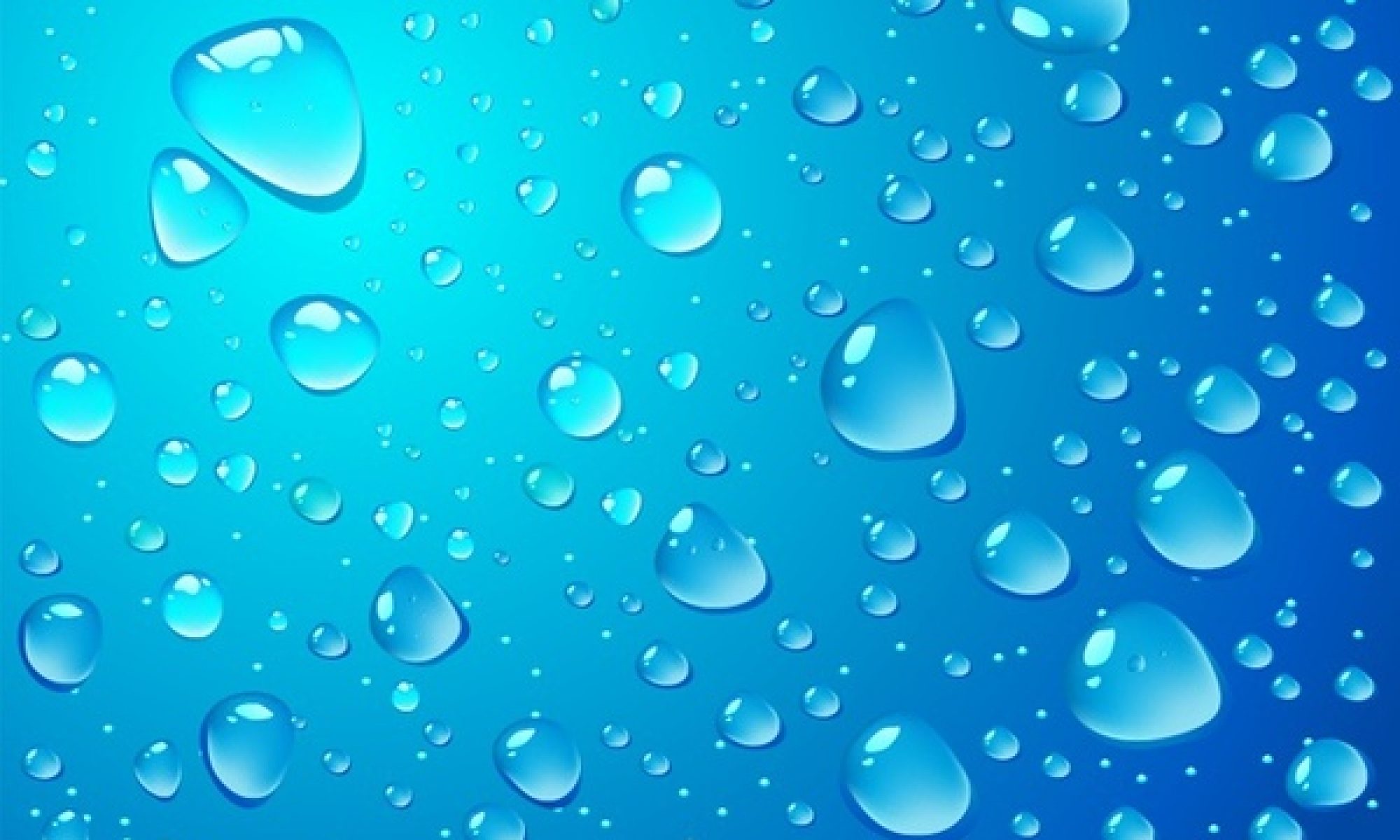In 2008, the Associated Press (AP) conducted a five-month investigation and published a three-part series documenting a wide array of pharmaceuticals (antibiotics, anti-convulsants, mood stabilizers, and sex hormones) that were present in the drinking water of at least 41 million Americans. The concentrations were minuscule but left scientists concerned.
How do pharmaceuticals end up in our water? When people take medicine, some gets absorbed by the body; what doesn’t gets flushed out through our urinary tract, ending up in our sewage systems. Moreover, leftover drugs are oftentimes flushed down the toilet in full-form and eventually into our water supply.
Treatment facilities are not required to test for pharmaceuticals or filter them out. The AP National Investigative Team sorted through hundreds of scientific reports, meticulously filtered through federal drinking water databases, visited environmental study sites and treatment plants, interviewing over 230 officials, scientists, and professors. The largest 50 cities in the United States, along with another dozen other major smaller communities, were surveyed in the study as well.
“You have to drink water. And bottled water isn’t any better than tap water,” said Dr. David Carpenter, director of the Institute for Health and the Environment at the State University of New York at Albany. He said most tap water treatments do not filter pharmaceuticals; however, activated charcoal filters remove most chemical compounds.
Since 2008, little research or information has been published regarding this issue. Follow-up articles are virtually non-existent from the press. Despite the overwhelming silence, several scientific reports have examined the human health risk of drinking pharmaceutical-laced water.
Surface water, groundwater, and drinking water across the United States are tainted with pharmaceuticals from discharges from wastewater treatment plants, septic systems, leaking sewer lines, landfills, animal feeding operations, and crop fields where biosolids are used.
Seven human health risk assessments of pharmaceuticals in drinking water throughout the United States and Canada were reviewed by the American Council on Science and Health. “None of these studies reported a potential health risk from exposure to pharmaceuticals in drinking water,” the site said.
The World Health Organization (WHO) also conducted a study, reporting that the ratio of pharmaceuticals in drinking water is so minimal that they pose a low risk to human health. “Concerns over pharmaceuticals in drinking water should not divert water suppliers and regulators from other priorities for drinking water and health, most notably microbial risks such as bacterial, viral, and protozoan pathogens, and other chemical risks, such as naturally-occurring arsenic and excessive levels of fluoride,” the article states. The site also explains that pharmaceuticals in drinking water are an emerging issue, so the WHO will continue to examine studies as applicable and update the guidance provided when necessary.
Reynolds Water Conditioning was established in 1931 and is Michigan’s oldest water conditioning treatment company. Still owned and operated by the Reynolds family, we take pride in offering the highest quality products at a cost-effective price. If your tap water lacks the quality you deserve, contact us today at www.reynoldswater.com or call 800-572-9575.
